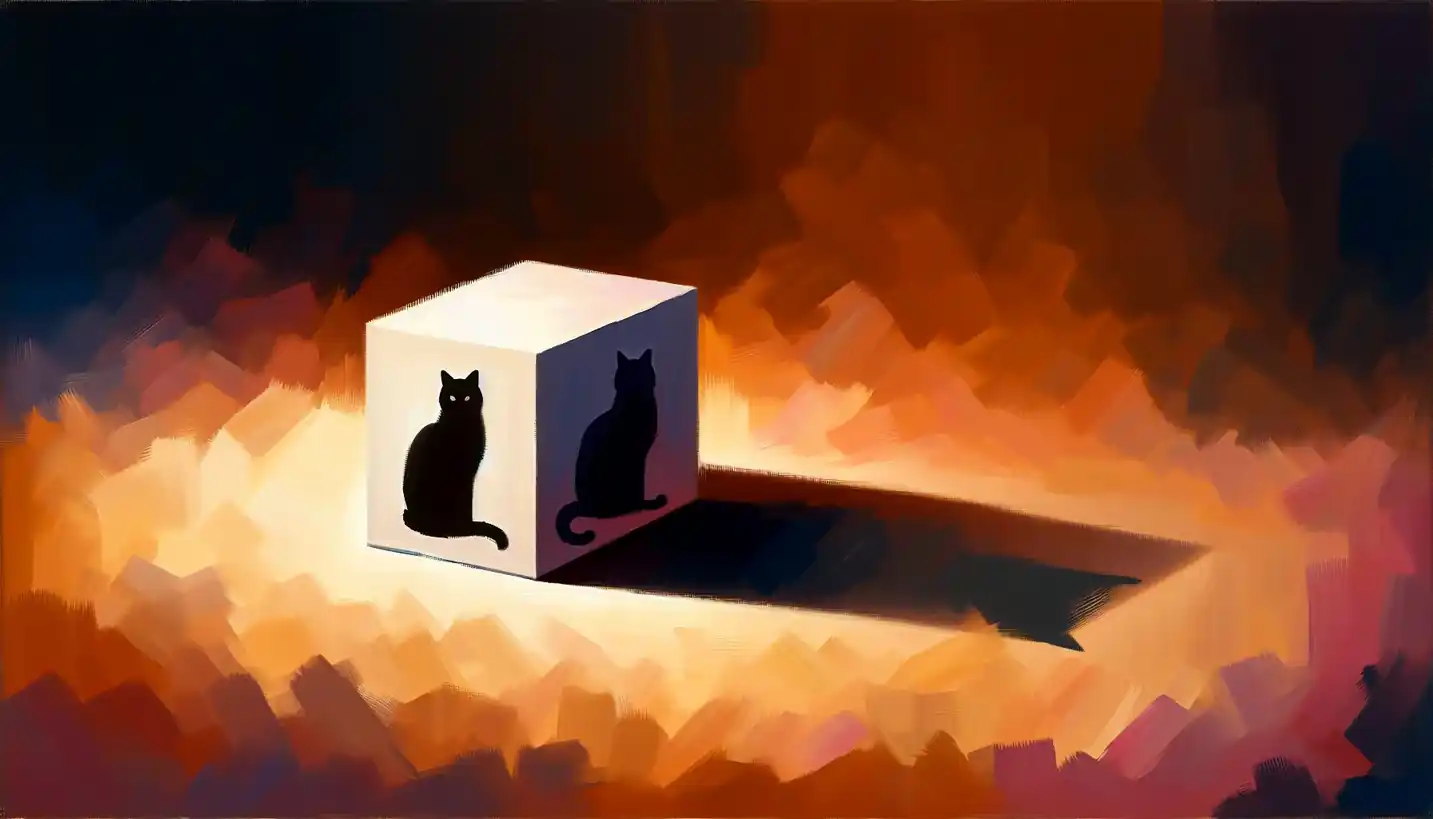· Physics · 5 min read
S-Wave Shadow Zone: Unveiling the Earth's Inner Secrets
The S-Wave Shadow Zone hides secrets of Earth's deep interior. Investigate how seismic activity reveals layers we cannot see directly.

Everywhere around us, the Earth is constantly buzzing with energy. This energy often comes from earthquakes, sending waves rippling through the Earth’s layers. These waves, known scientifically as seismic waves, are like messages from the deep, revealing the hidden secrets of our planet’s interior. One particular type of seismic wave, known as the S-wave, plays a fascinating role in unlocking these mysteries. But what makes S-waves intriguing is their “shadow zone,” a mysterious area where they simply vanish. Let’s journey into the heart of the Earth to understand what’s happening.
What Are S-Waves?
Seismic waves come in a couple of flavors. You’ve got your P-waves, or primary waves, which are the fastest and can travel through both solid and liquid layers. Think of them as the energetic first responders, zooming through rocks and magma alike. S-waves, or secondary waves, are a bit slower and only travel through solids. They can’t move through liquids or gases.
Imagine you’re at a beach, squishing sand between your fingers. The firmness of the sand is like a solid Earth’s layer, allowing both P-waves and S-waves to pass through. But when you dip your feet into the water, only P-waves can follow. This is because S-waves need the “rigid handshake” of solid particles to travel. They simply stop when they encounter a liquid.
The Mystery of the Shadow Zone
Now, here lies the mystery. If an earthquake occurs, S-waves radiate out from the center like ripples in a pond. But if you’re on the opposite side of the Earth from where the quake started, no S-waves reach you. There’s a curious gap or a “shadow zone,” usually between about 104 to 140 degrees from the earthquake’s origin.
This absence puzzled scientists for a long time. Why would these waves simply vanish? The answer lies deep beneath our feet — in the Earth’s molten outer core.
Peering into the Earth’s Core
The Earth’s interior is made of layers, much like an onion. The crust is the thin outer shell, and beneath that is the mantle. But deeper still lies the outer core, a swirling sea of molten iron and nickel. It’s this molten metal that creates the shadow zone.
As S-waves can’t travel through liquids, the molten outer core acts like a giant barrier, stopping the waves in their tracks. It’s like hitting a wall while blindfolded; the S-waves just can’t continue without something solid to travel through. This “roadblock” creates the shadow zone, the area where no direct S-waves are detected.
Importance of the Shadow Zone
You might wonder why this shadow zone matters. Well, it’s like having a natural X-ray view of the Earth’s interior. By studying the edges of this zone, scientists can make accurate maps of the Earth’s core, understanding its size and composition. It’s fascinating because this method of exploration doesn’t rely on digging or drilling, just listening carefully!
The shadow zone also provides insights into the Earth’s magnetic field. Since the outer core’s swirling iron generates this field, understanding its size and shape helps scientists predict changes in the magnetic field, which can affect everything from navigation systems to animal migration.
Story of Discovery
The discovery of the S-wave shadow zone is a tale of curiosity and determination. Early seismologists, intrigued by seeming gaps in wave readings, began to piece together a picture of the Earth’s layers. In the early 20th century, Croatian scientist Andrija Mohorovičić noticed that seismic waves moved differently through different layers, leading to the discovery of the crust-mantle boundary, known as the Mohorovičić discontinuity, or “Moho.”
As more data rolled in, scientists like Richard Oldham and Beno Gutenberg delved deeper. By the 1930s, the concept of the molten outer core became widely accepted, thanks largely to Gutenberg’s work. This was a time before computers — imagine painstakingly analyzing endless lists of numbers, all by hand!
Future Questions and Curiosities
Even today, the shadow zone inspires questions. Could it reveal more about the planet’s ancient past or predict future geological events? As technology advances, scientists are developing more sophisticated tools to simulate conditions in the Earth’s core. This might one day answer questions about the inner core’s solid state or the mantle’s role in plate tectonics.
Moreover, studying these seismic mysteries isn’t just about Earth. Similar techniques could one day help us explore other planets, offering clues about their makeup and history. Imagine understanding the core of Mars or Venus without setting foot there!
Wrapping Up the Mystery
So, while the S-wave shadow zone might sound like a strange concept from a sci-fi novel, it’s a real and crucial part of how we understand our world. It’s a natural paradox, an unseen area that tells us more about what we can’t directly observe. Thanks to these seismic puzzles, we can appreciate the Earth’s dynamic heart, knowing that there’s so much more to learn beneath our feet.
Next time there’s a tremor or news of an earthquake, think of the journey those waves take, some slipping through the Earth effortlessly, others stopped by hidden barriers, each one a messenger from the deep whispering secrets of a realm unseen.



